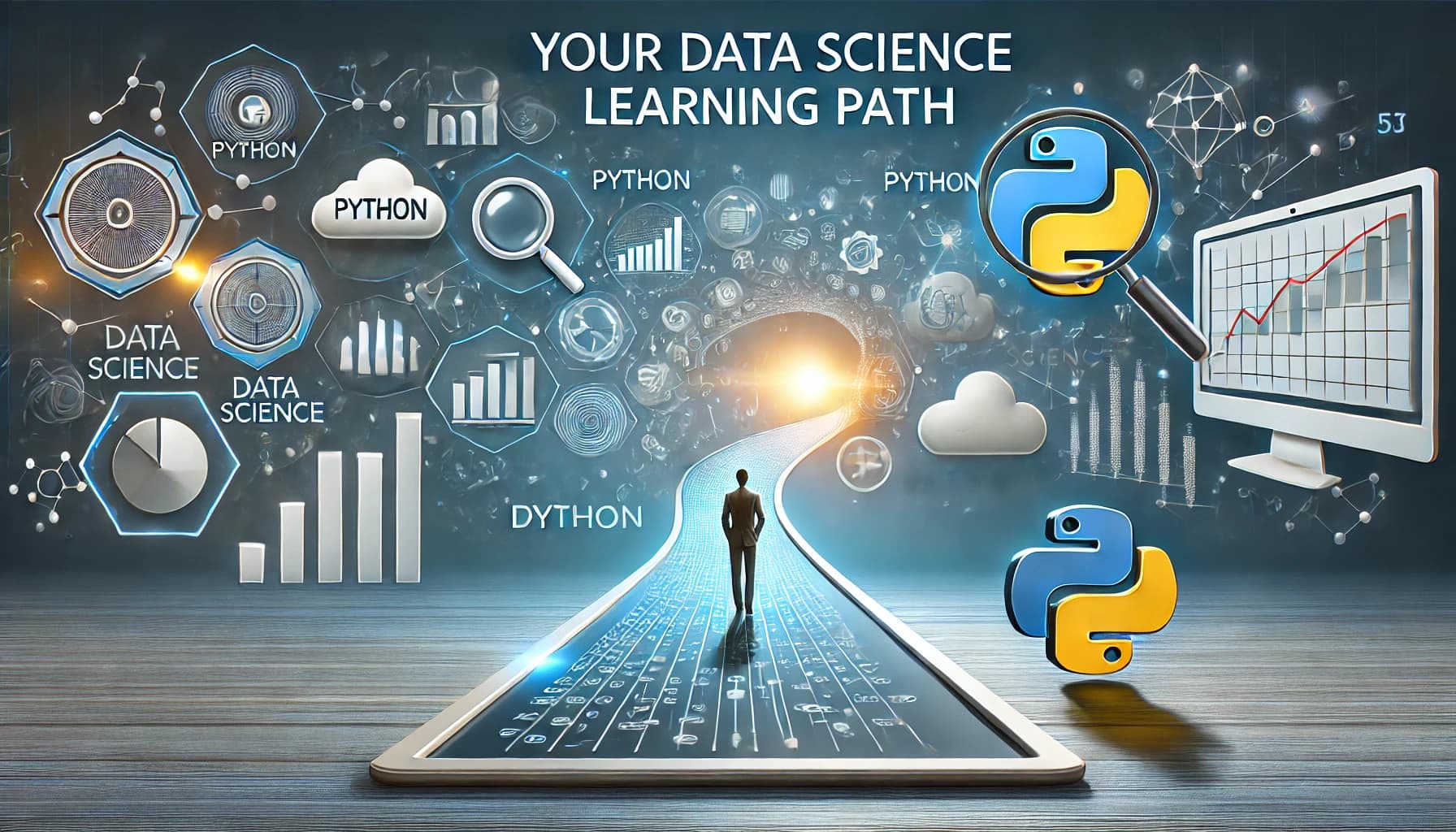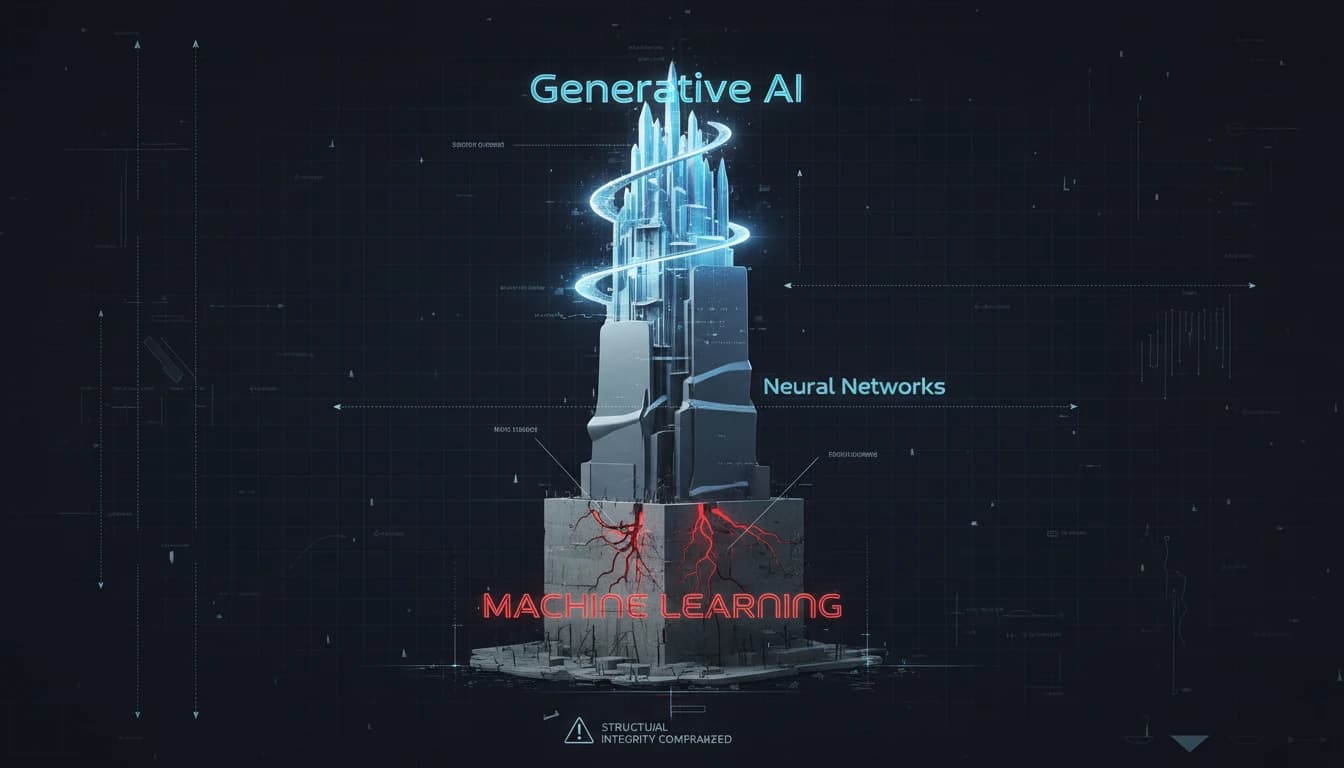Your Data Science Learning Path: A Guide to Becoming a Data Scientist
FREEIntroduction
Data is everywhere, and making sense of it has become one of the most valuable skills in the modern world. This is where data scientists come in. They turn raw data into meaningful insights, much like a detective solving a complex case. But how do you embark on the journey to becoming a data scientist? In this article, we’ll explore:
- What data scientists do (using metaphors and practical examples),
- The prerequisites to get started,
- The key skills to develop, and
- Practical project ideas to begin your data science journey.
What Does a Data Scientist Do?
Think of a data scientist as a detective for data. Their job is to uncover patterns, identify trends, and solve problems hidden within piles of information. Here are some metaphors and examples to explain their role:
The Detective:
Imagine a detective who has access to a room full of clues but no answers. A data scientist works similarly, using tools like Python or R to sift through large datasets, searching for evidence (patterns and insights) to solve problems.Example: An e-commerce platform notices customers abandoning their carts. A data scientist analyzes user behavior, purchase history, and website interactions to discover why—leading to actionable strategies like better pricing or improved user experience.
The Chef:
A data scientist takes raw ingredients (data), cleans them up (data preprocessing), mixes them together with the right tools (algorithms), and serves a delicious dish (insightful visualizations or predictive models).Example: A restaurant chain wants to forecast demand for its menu items. A data scientist uses historical sales data to create a demand prediction model, ensuring the kitchen stocks just the right amount of ingredients.
The Translator:
They act as a bridge between data and decision-makers, turning complex numbers into actionable insights that everyone can understand.Example: A healthcare provider wants to predict disease outbreaks. A data scientist analyzes hospital admission records and weather patterns, presenting results in an easy-to-read report for healthcare planners.
Prerequisites to Start a Career in Data Science
Before diving into data science, you need a foundational understanding of:
Basic Math and Statistics:
A good grasp of statistics (e.g., probability, regression analysis) is essential for analyzing data effectively.Programming Knowledge:
Familiarity with programming languages like Python or R is crucial since they are widely used in data manipulation and analysis.Curiosity and Problem-Solving Skills:
Data science is about asking the right questions and finding creative solutions to real-world problems.Access to a Computer:
Many data science tasks require tools like Jupyter Notebook, Excel, and data visualization software, so having a capable computer is important.
Skills to Develop to Become a Data Scientist
Data Wrangling:
Learn how to clean and preprocess raw data to make it usable. Tools like Pandas (Python) or dplyr (R) are great for this.Data Visualization:
Develop skills in creating compelling visualizations using tools like Matplotlib, Seaborn, or Tableau to communicate findings effectively.Machine Learning:
Understand how to build predictive models using algorithms like linear regression, decision trees, and neural networks. Libraries like Scikit-learn and TensorFlow are essential.Big Data Tools:
Familiarize yourself with tools like Spark or Hadoop to handle large-scale datasets.SQL for Data Querying:
Learn how to retrieve and manipulate data from relational databases using SQL.Soft Skills:
- Communication: Explain technical results to non-technical stakeholders.
- Collaboration: Work effectively in interdisciplinary teams.
Practical Projects for Beginners
Getting hands-on experience is the best way to learn. Here are practical project ideas for aspiring data scientists:
Analyze Movie Trends:
Use a dataset like IMDB or TMDb to analyze trends in movie genres, box office revenue, and audience preferences. Visualize findings with graphs.Predict Housing Prices:
Use historical housing data to build a machine learning model that predicts house prices based on features like location, size, and age.Customer Churn Analysis:
Analyze a dataset from a subscription-based business to identify factors that lead to customer churn. Build a model to predict future churn.Build a Sentiment Analysis Tool:
Scrape Twitter data and create a model to classify tweets as positive, neutral, or negative. Use Python libraries like NLTK or TextBlob.Create a COVID-19 Dashboard:
Use public health datasets to create an interactive dashboard showing trends in cases, recoveries, and vaccinations over time.E-commerce Product Recommendation System:
Build a simple recommendation system using user purchase history to suggest products they might like.
The Road Ahead
Becoming a data scientist takes time, effort, and curiosity. Start with the basics, build practical projects, and continuously refine your skills. Remember, every step you take brings you closer to becoming a detective, chef, and translator of data, solving real-world problems with insights that matter.







